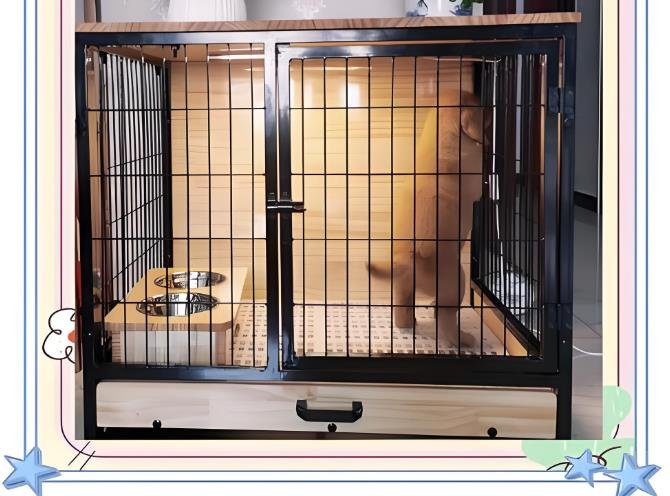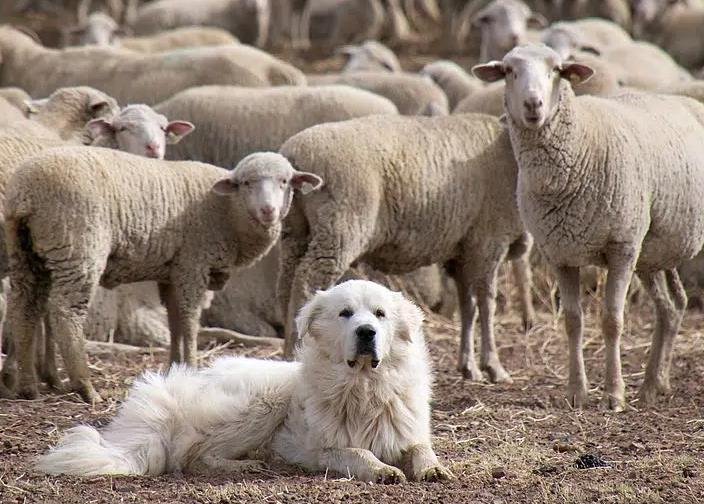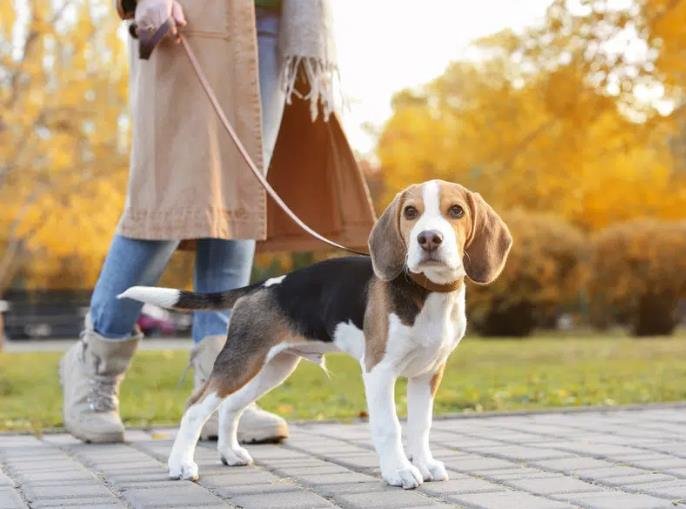Crate Training Made Simple: Helping Your Pup Feel Safe Alone
Hey there! So, you want to help your furry friend get comfortable spending time alone in their crate? Let’s break it down step by step. No fancy jargon here—just plain talk and real-life tips.
First things first: Start small.
Throw a cozy blanket inside the crate and leave the door open. Let your dog explore it freely. Toss a treat or a favorite toy inside to make it feel like a happy place. If they walk in, say “Good job!” but don’t shut the door yet. This builds trust.
Day 1-3: Quick “Alone” Moments
Once they’re cool hanging out in the crate, try closing the door for literally 30 seconds. Stay nearby so they see you’re not abandoning them. Open the door before they fuss. Repeat this a few times daily, slowly stretching it to 2-5 minutes. If they whine, wait for a quiet second to open the door—this teaches them calmness gets rewards.

Week 1: Build Up to 15-30 Minutes
Now, practice leaving the room briefly. Walk to the kitchen, then come back. Act casual—no big goodbye speeches! Over days, stretch alone time to 15 minutes. If they panic, dial it back. The goal? Teach them you always return.
Week 2-3: Practice “Real Life” Absences
Time to mimic your routine. Grab your keys, put on shoes, and step outside for 5-10 minutes. Keep it boring—no emotional farewells. Check a camera (if you have one) to see how they react. If they’re chill, bump the time to 30 minutes, then an hour.
Troubleshooting Tips:
- Hunger/bathroom breaks? Always let them out before crate time. A tired, fed pup is a calm pup.
- Destructive or loud? They might need shorter sessions. Slow down! Rushing = stress.
- Hates the crate? Try feeding meals inside it or hiding treats there. Make it their “snack den.”
Long-Term Goals:
Most dogs handle 3-4 hours alone after a month of practice. But puppies under 6 months? They’ll need potty breaks every 2-3 hours. Adjust as they grow!

Remember: This isn’t a race. Some dogs need weeks; others take months. Celebrate tiny wins—like when they nap in the crate voluntarily. You’re teaching them independence, and that’s huge!
Final Thought: What if your dog still hates it? Maybe the crate isn’t for them—and that’s okay! Try a puppy-proof room with a gate instead. The goal is confidence, not perfection.







